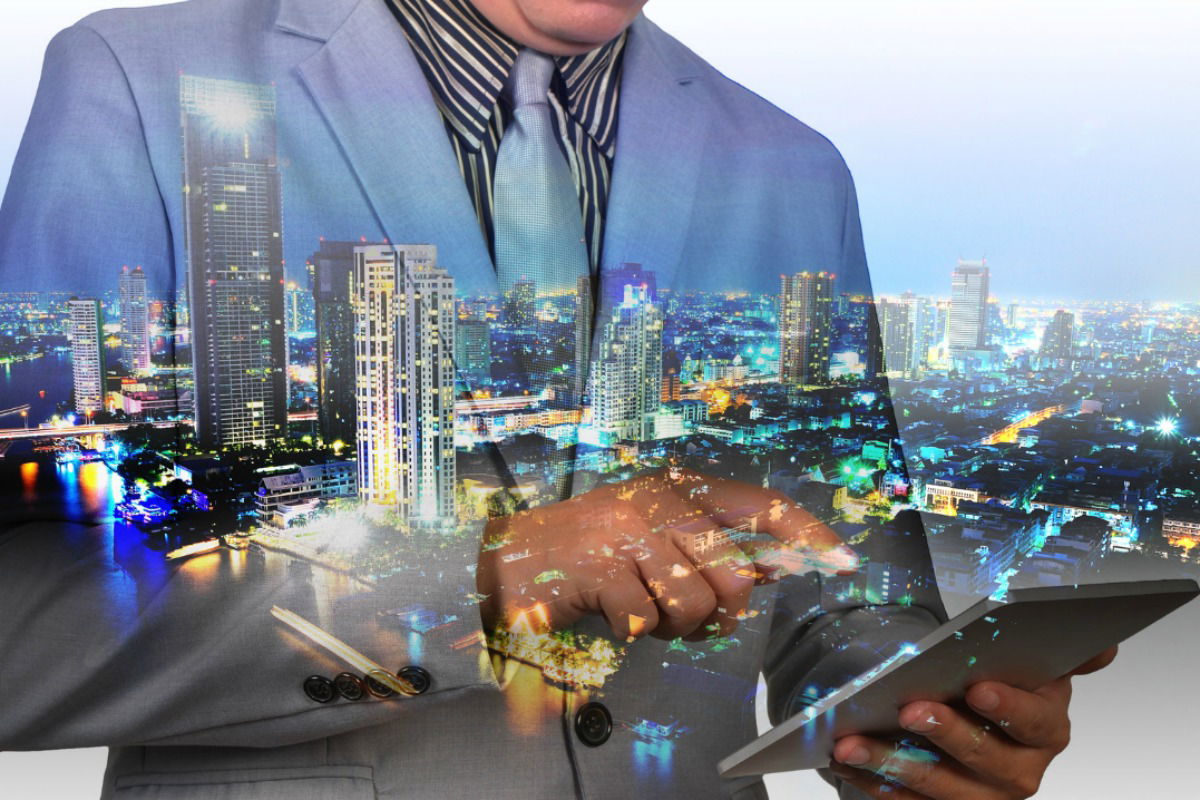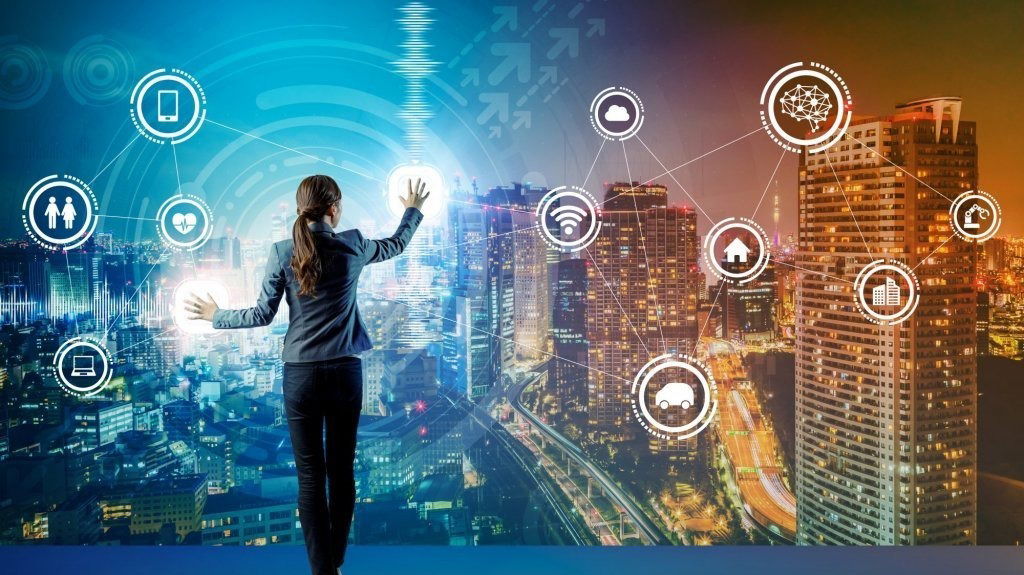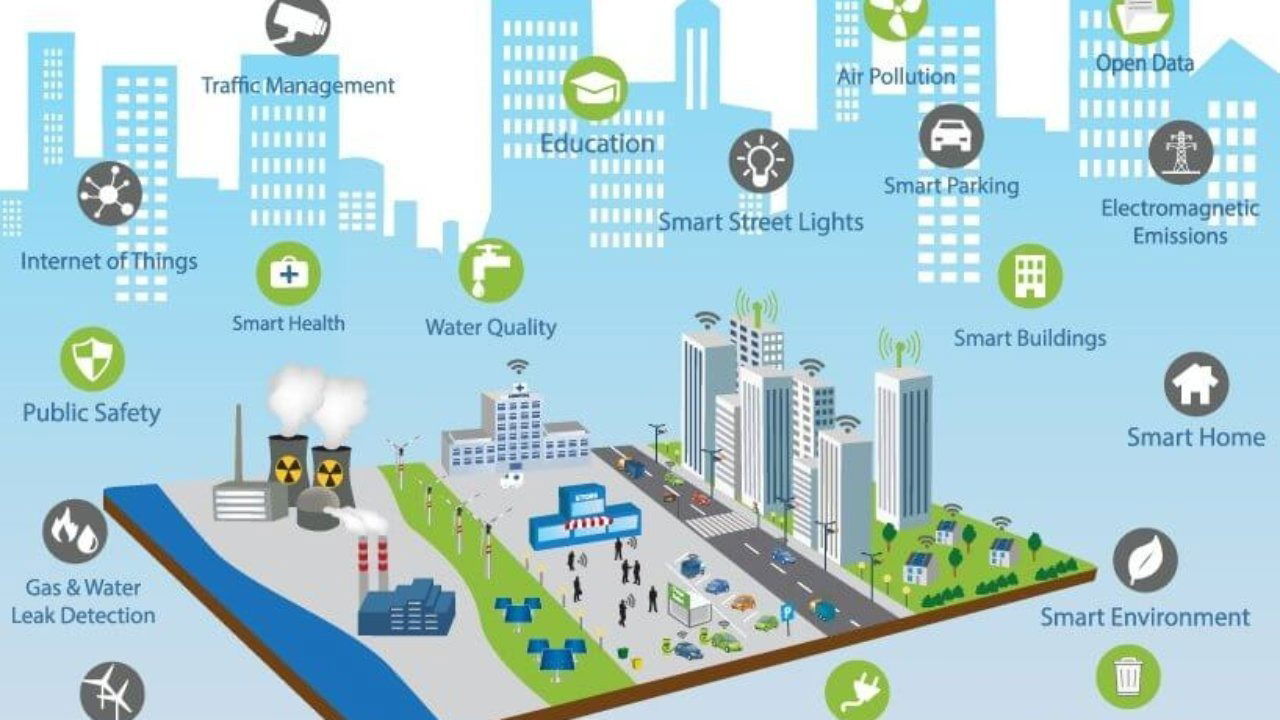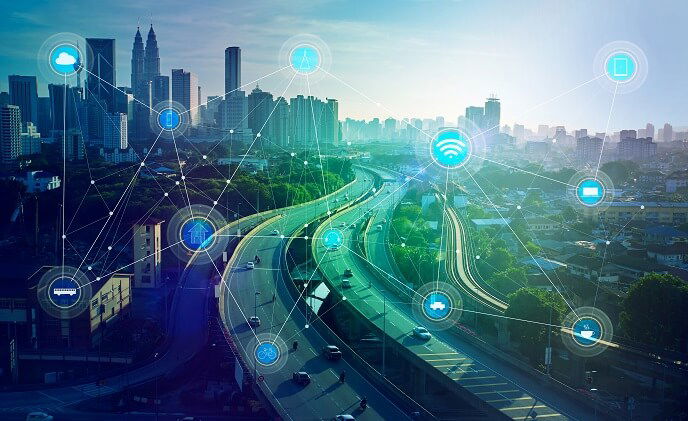Smart City Technology

Smart City infrastructure, Lenora leads primarily by technical innovation and shares a deep belief in the power of technology and it is this same spirit of innovation that has enabled us to create new products and new markets. We embrace the opportunities inherent in change, and we are confident in our ability to help shape the future.

A smart city relies on widely distributed smart devices to monitor the urban environment in real-time, collects information for intelligent decision making, and facilitates various services to improve the quality of urban living. The distributed network of intelligent sensor nodes, as well as data centers/clouds where sensor data are stored and shared, constitutes a smart city infrastructure. Participatory sensing plays an indispensable role in emerging initiatives of a smart city, which retrieves sensor data from groups of people or communities. The proliferation of personal mobile devices and development of online social networks make participatory sensing viable at a large scale but introduce many open problems at the same time. Smart cities address urban challenges such as pollution, energy efficiency, security, parking, traffic, transportation, and others by utilizing advanced technologies in data gathering and communications interconnectivity via the Internet. It provides real time and remote monitoring for different aspects of data management in areas such as transportation, communication, video surveillance, and sensors distributed throughout the city.

We keep hearing about smart cities, and the immediate questions are: What makes a city smart? How can a city be intelligent?
The key features of a smart city are big data, information collected from many different sources, and its analysis, followed by the data's intelligent use to improve the lives of its residents. This type of data collection requires fast and reliable connectivity from all possible data sources. It is important to note that a connected city is an IoT network but not necessarily a smart one. Being connected is a prerequisite of being a smart city, but being connected does not imply "smartness," which requires regular data analysis and improvements based on that analysis.

Smart city OSes provide open access to a very large amount of data/information about the city in a cloud server. They collect and share data from traffic cameras, road sensors, connected vehicles and connected infrastructure such as roadside units in traffic lights. Smartness is the result of analysis of this big data in real time to manage traffic and offline analysis of mobility patterns and areas of higher density, as well as spatial and temporal correlation to better understand the city dynamics to address urban planning. Smart city connectivity is often based on an IoT network that constantly provides information-rich data. The easiest use of this data is just to make it available after light data processing to put it into graphical form. Some traditional use cases of IoT data include traffic status that includes average speed and bottleneck locations with color coding, or warning residents of expected natural disasters or adverse weather conditions with the instance's severity and predicted locations. To get this data, smart cities rely on personal mobile devices, computers and smart devices in residents' homes and offices. The infrastructure also has networks of cameras and sensors to collect shared city information. These information nodes consist of sensors, modems, mobile devices and computers. Device software is connected through an IoT network but raises questions around data interoperability and formatting. This information and warning visualizations was traditionally conveyed with computers or geo-fixed warning systems such as loudspeakers. The current trend is to use mobile devices to offer on-demand, near-real-time information without the need to be near a computer. This capability also allows more personalized use of IoT information in comparison to the traditional mass warnings such as road closures.